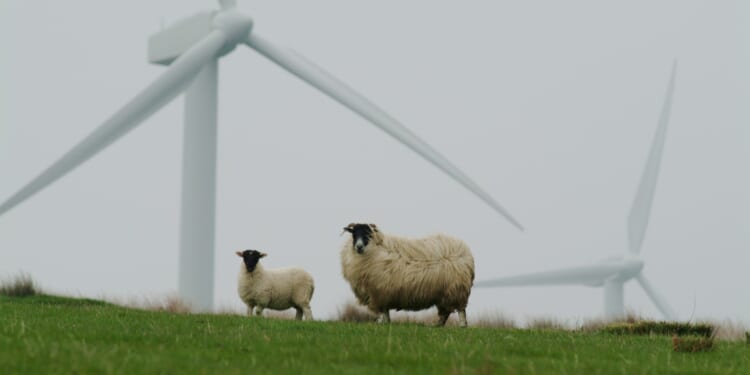Chris Morrison writes for the Daily Sceptic about an interesting new report on a controversial energy source.
Fresh insights into the ecological devastation caused by onshore wind turbines around the world are contained in a shocking new paper published last month by a group of ecologists in Nature. The paper is paywalled and has attracted little mainstream media interest, but it highlights research that illustrates that the effect of utility-scale wind energy production “can be far reaching and sometimes have large and unexpected consequences for biodiversity.” An annual figure of around one million bats are killed in the countries with the highest number of turbines, but harmful effects are seen in many other parts of the ecosystem. The number of top predators such as jaguars, jungle cats and golden jackals can be changed by turbines in tropical forest gaps, leading to the “possibility for cascading effects” along similar latitudinal levels.
In short, the science team notes that turbines can kill birds, bats and insects, change animal behaviour, physiology and demography and alter ecosystems. The installation of wind turbines invariably results in habitat degradation, but it is regions rich in biodiversity with minimal existing infrastructure that suffer the most. The authors state that wind facilities “are recognised as an important driver for losses and degradation of irreplaceable habitats that are important for conservation.” Such areas, of course, can be found in the windy highlands of Scotland. For City-dwelling eco zealots, it is a case of out of sight, out of mind. Net Zero is all about money and power – bats and eagles have neither.
The Nature paper is a wake-up call about the increasing damage that is being inflicted on natural habitats by wind turbines that are steadily increasing in size and destructive potential. It is a summary of the latest findings about the effect of turbines and it is not sanguine about the future. “Perhaps the greatest unknown in predicting future effects of wind power on biodiversity lies in the scope of the potential expansion of the technology and the cumulative consequences of this expansion for species and ecosystems”.










